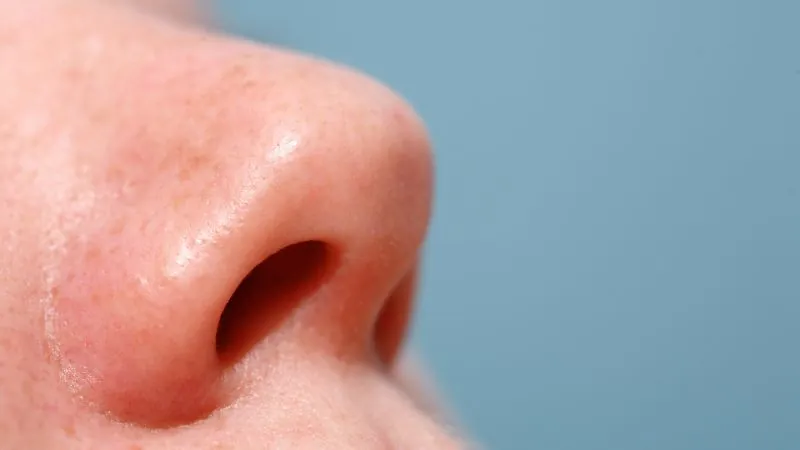
Shocking Discovery: Microplastics Found in Human Brain Tissue!
2024-09-16
A Startling Discovery
A startling new study has revealed the presence of tiny plastic shards and fibers in the nose tissue of human cadavers, raising significant concerns about the potential implications for human health. Researchers discovered these microplastics within the olfactory bulb—a crucial part of the nose responsible for detecting scents—located at the base of the brain.
Research Insights
Lead author Luís Fernando Amato-Lourençoo, a postdoctoral researcher at the Free University of Berlin, highlighted the potential for these particles to migrate to other areas of the brain. He noted that the likelihood of this translocation depends on various factors such as the shape, size, and type of the particles, as well as the body’s natural defenses.
Interestingly, smaller particles are more adept at evading microglia cells, which serve as the brain's protective barrier against harmful substances. “This is a really interesting study,” commented Phoebe Stapleton, an associate professor of pharmacology and toxicology at Rutgers University, emphasizing that plastics are likely to be found throughout the body.
Health Implications
The findings coincide with a growing body of research which shows microplastics infiltrating human tissues—ranging from brain tissue to organs like the liver and kidneys, and even in bodily fluids such as blood and urine. A recent troubling analysis indicated that individuals with microplastics present in their carotid arteries were twice as likely to suffer from heart attacks or strokes compared to those without.
Understanding Microplastics
Microplastics are defined as fragments of plastic measuring from 0.2 inches to less than 1/25,000th of an inch. These ultra-small particles, often invisible to the naked eye, can invade human cells, disrupting biological processes and potentially delivering harmful chemicals, including endocrine disruptors linked to various health issues.
Study Details
The newly published study in JAMA Network Open discovered microplastics in the olfactory bulbs of eight out of 15 cadavers, with particle sizes ranging from 5.5 to 26.4 micrometers—much smaller than the width of a human hair. However, the analysis did not include nanoparticles, which are even smaller and more elusive.
Potential Sources of Microplastics
While the precise sources of these microplastics remain unclear, Amato-Lourençoo noted that inflammation of the nasal mucosa could facilitate easier entry for these particles. Preliminary findings suggest that a significant proportion of airborne microplastics are fibers originating from synthetic clothing and household items.
Common Types of Microplastics
Polypropylene emerged as the most common plastic found, a material generally deemed safe for consumer use. However, alarming research has indicated that microplastics—including those made from polypropylene—may further complicate conditions like breast cancer.
Recommendations for Mitigation
To protect oneself from such exposure, experts recommend practical steps, such as opting for glass or stainless steel containers instead of plastic, refraining from microwaving food in plastic, and being aware of recycling codes associated with different types of plastic. The pervasive nature of phthalates, often labeled "everywhere chemicals," is particularly concerning due to their status as known hormone disruptors.
Conclusion and Future Insights
This investigation sheds light on an insidious issue that may soon prove to be one of the defining health crises of our time. Given the escalating environmental crisis posed by plastics, staying informed and proactive about our exposure has never been more critical. What could these findings mean for our long-term health? Stay tuned as we uncover more about this growing plastic pollution saga!




 Brasil (PT)
Brasil (PT)
 Canada (EN)
Canada (EN)
 Chile (ES)
Chile (ES)
 España (ES)
España (ES)
 France (FR)
France (FR)
 Hong Kong (EN)
Hong Kong (EN)
 Italia (IT)
Italia (IT)
 日本 (JA)
日本 (JA)
 Magyarország (HU)
Magyarország (HU)
 Norge (NO)
Norge (NO)
 Polska (PL)
Polska (PL)
 Schweiz (DE)
Schweiz (DE)
 Singapore (EN)
Singapore (EN)
 Sverige (SV)
Sverige (SV)
 Suomi (FI)
Suomi (FI)
 Türkiye (TR)
Türkiye (TR)